Lessons From The Forest Part 3: Following Flowers
-By Rheanna Chen
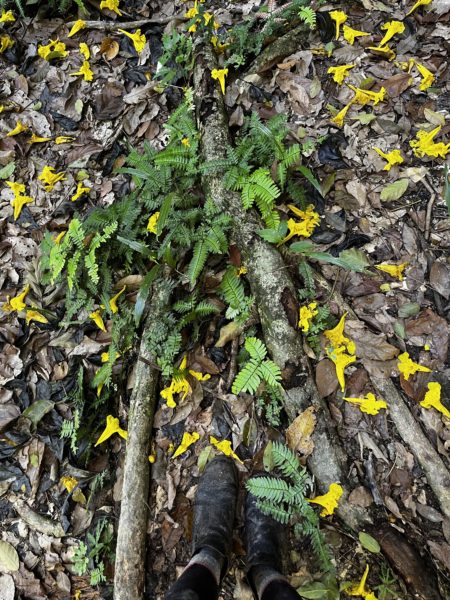
Clearing ~ Martha Postlewaite
“Do not try to save the whole world or do anything grandiose.
Instead, create a clearing in the dense forest of your life
and wait there patiently,
until the song that is your life
falls into your own cupped hands
and you recognize and greet it.
Only then will you know how to give yourself
to this world so worthy of rescue”
I remember standing tall among the trees, feeling grounded with the roots and the forest floor of fallen flowers and leaves. With gentle awareness, I did my best to stay present in the moment and took some deep belly breaths; one hand on heart the other on the belly. The forest looks after you; it’s medicine for the soul- a reminder to slow down and take a mindful pause from the noise and anxiety of busy life. When one allows spaces in the everyday, life can hand you special opportunities, for those open and aware to receive it. Only when we clear our minds or in this instance, find a literal clearing in the forest, are we able to access that. It is from here, that I would get the chance to travel to Hawaii with a grant to study tropical flowers and regenerative design. This would allow me to better understand sacred ecology from the Caribbean to the Pacific islands.
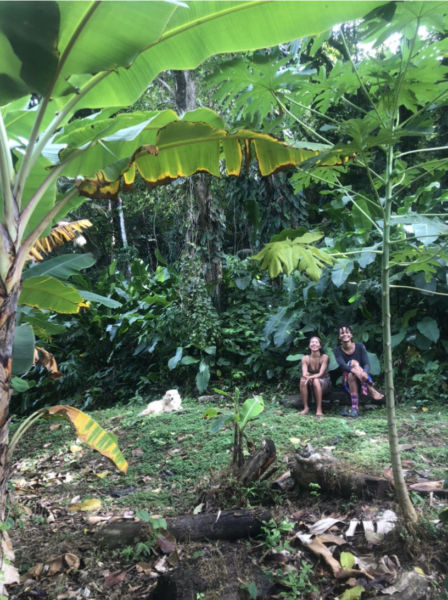
Earlier in the month, my friend, Raisa, had shared the info: you know how it goes, something looks interesting, you put it on standby, get distracted, forget about it until the very last moment. For my 30th birthday, I was on a 6 day hike into the rainforest exploring the North Coast with two friends, Tracy & Gesiye, from Ajoupa. Two thirds in, I suddenly remember this grant. I try to get data signal from a banana tree on a hill, from Petit Tacarib. With my phone’s limited battery, I stood there holding the phone out and excited to get a few bars, to find out the deadline of this grant. No pressure; the deadline was the following day at midnight- the same night we were to finish our journey. After 25km, we came out the forest, in the dark- hungry, tired and muddy. I drove us home to arrive at 10:30pm, in two minds- my heart wanted to apply, but my mind wanted to rest. My friends reminded me, “if something is for you, it will be for you”.
I joined forces of my mind and heart. I got cozy and tucked myself into bed- then turned on the headlamp, my laptop and typed away- furiously- to submit my application at 11:59pm, not a minute later.
I received the email:
“Congratulations Rheanna! I’m able to award you to pursue your study of Hawaiian floriculture”
A few months later, I travelled from the forest of my island, Trinidad to the other side of the world to learn not only flowers but the greater philosophy of “malama ‘aina”- caring for and honouring the land, at the core of indigenous culture. The photo below is at Mauna Kea Observatory at 13,796 ft elevation, the world’s tallest “White Mountain” (from base to summit) This was in 2012- when I had just turned 20 and did a transatlantic voyage with Semester at Sea. When we crossed the Pacific Ocean and the International Date Line (we lived the same day twice), we arrived in the Hawaiian archipelago for a brief stop in Big Island and this dormant volcano. Feels like déjà vu, but 10 years later, I was grateful to receive a travel & study grant by Christin Geall– a gardener, florist, designer, teacher and the author of Cultivated: Elements of Floral Style. Out of 39 applications and 12 nationalities, she took a chance on my proposal, “Learning from Hawaii: Tropical Floriculture and Regenerative Design”.
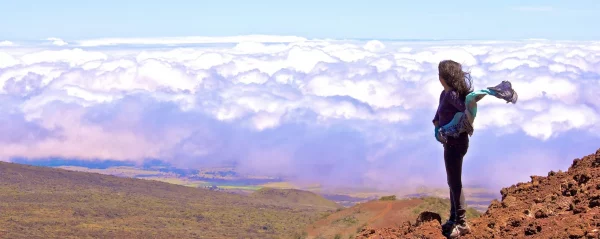
What I love most about flowers, is that they serve as offerings to say “I care about you”. Whether it’s a single flower that perfumes a hiking trail, or taking the time to “ohi”- gather, they make moments of life that much more special. Whether it’s to remember a birthday or anniversary, or an apology to mend those relationships that matter most, flowers carry cultural and spiritual meaning. My mum’s mum, ‘Popo’, died just before the pandemic, and a favourite ritual was arranging and gifting anthurium and fern bouquets throughout the years. Since I was a child, flowers have been a constant, a link to my mother and now, my grandmother. As a tribute to them, I decided to start my adventure of 40 days on Mother’s Day- to Maui, Kauai, Big Island and Oahu. While the weekend was full of bouquet orders, chocolates and celebrations, it was special to end the day getting onto a plane, with both of them as angels.
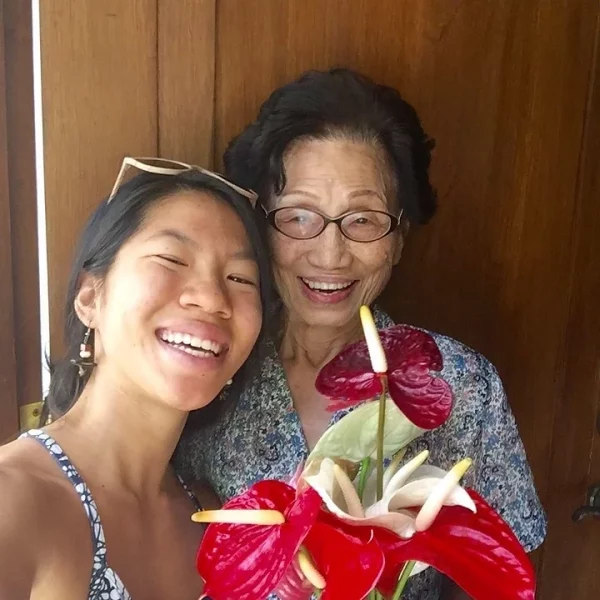
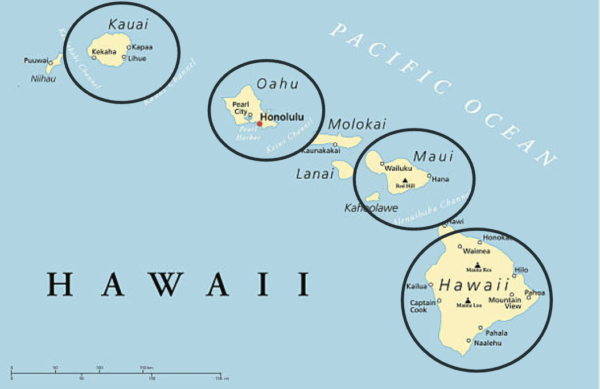
Hawai’i is the most isolated populated land mass in the world with 10 of the World’s 14 climate zones. These volcanic islands are home to hundreds of endemic plant and animal species. The erosion and breakdown of volcanic material has formed fertile soils over periods of tens to thousands of years. While rich in biodiversity, 1/3 of their 1300 native plants are listed as endangered. Flowers themselves are a symbol of Hawaiian culture and a multi-million dollar industry. During my trip, my itinerary was filled with botanic gardens, farms, nurseries, boutiques and environmental organisations. I got to meet with inspiring community leaders and those in the floral industry that I am deeply grateful for. They all played important roles whether conservation, developing new cultivars, carrying on a family business or preserving a culture and teaching the next generation.
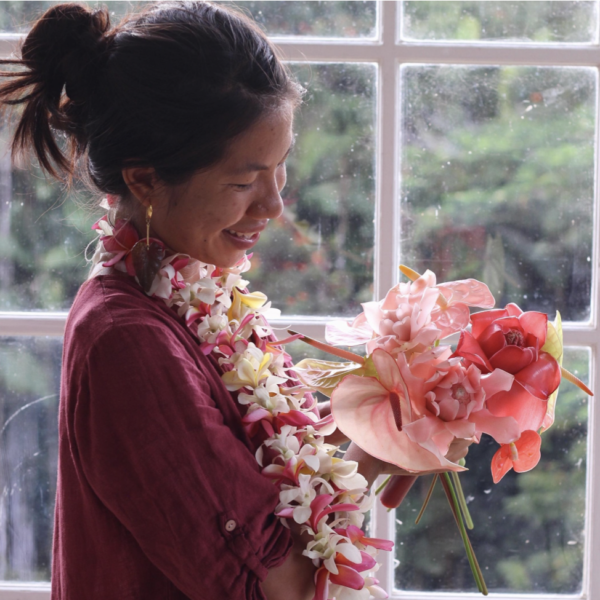
My favourite day was a visit the Limahuli Gardens, part of the National Tropical Botanic Gardens of Kauai. It is a 1000 acre valley with 250 taxa of native plants and birds. I met Uncle Moku, whose family had lived in this part of the island for generations. He explained that for him, “malama ‘aina” extended beyond the care for this garden to include the whole island. The ahupua’a system of resource management explored the interconnection between the people, mountains, ocean and the roles that fresh water played in linking the two. Scientific papers proved that through this system, brought more abundance to the area in finding that harmony between humans and nature- which is a delicate balance to find. That is compounded with the modern issues of being a tourism-depending economy- housing inequality, food insecurity and environmental degradation.
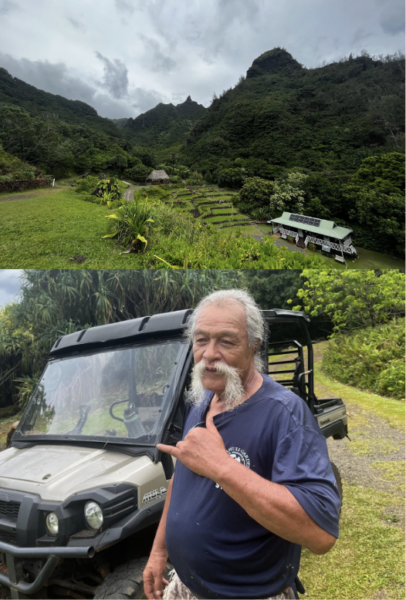
On that same day, I got to assist with Lei Day celebrations at the nearby Elementary School- a celebration of the spirit and giving of lei tradition. It was a courtyard full of flowers and foliage gathered from everyone’s backyards and all the parents had come together to decorate the school for the special performance; a story of kings, queens, prince, princesses, hula and lots of flowers. I learned that whenever one gathers or makes lei, it is important to infuse it with “aloha”- respect and love. I deeply appreciate the sense of reciprocity- that felt sense of taking only what you need and giving back. While Hawai’i is vulnerable to modern extractive culture, it is powerful to witness through dance, arts and festivals like these, a way to impart the knowledge to the future generations, which is more important than ever.
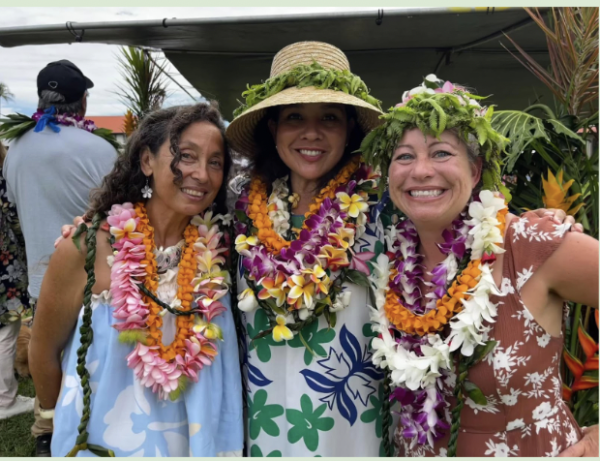
There were so many layers to this trip, but I appreciated that each island had its own micro-climate, one could be on a mountain summit, to an arid and dry area then a rainforest. When I visited Maui at the start of my trip, I got to hike the Pipiwai Trail, above Seven Sacred Pools on the Road to Hana. This idyllic 1.8 mile trail through an immense bamboo forest led to the tallest waterfall I had ever been to. The hidden gems of these islands connect me to my own home- the importance of looking after the land which gives birth to the flowers which hold culture and connection. Sitting at the base of the waterfall reminded me of the hike at the start of the year. Little did I know, that I would get to teleport to another island, to return home with a greater sense of respect and responsibility to care for it.
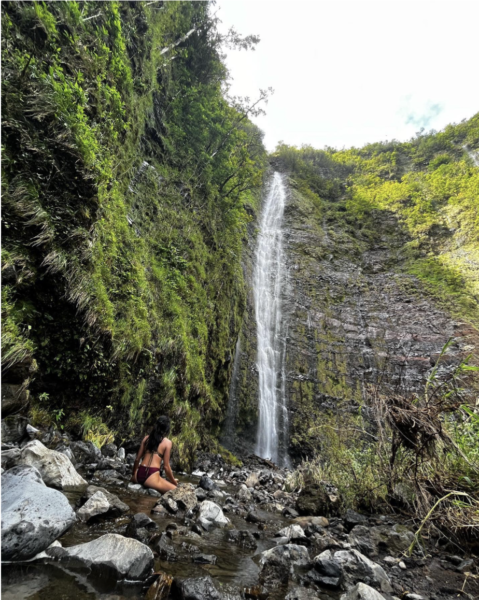
Since then, I have returned home and work as “Regenerative Project Manager” for HADCO Experiences. One of their eco-resorts, world renowned, Asa Wright Nature Center, is one of the top birdwatching spots and scientific research stations in the Caribbean; with a total of 256 species of birds over the 1,500 acres of protected forest in the Arima, Guanapo and Aripo Valleys of the Northern Range. As much as I love trees and flowers, I find myself with binoculars now learning more about ornithology- the study of birds, as it is all interconnected. These include species like Blue dacnis, Oropendola, Kingfisher, Green Honeycreeper, Guacharo or more famously known as the oilbird. I’ve come to better understand which flowers attract which birds- in addition the butterflies and bees. As flowers are important, so are its pollinators. While I went to Hawai’i to study flowers and the industry around it, I’ve come to realize that like any industry, it can be extractive. Yet there are various ways to diversify income streams- beyond the traditional “flowers for sale”, but the promotion of conservation sites, spaces for locals and foreigners to reconnect with nature and the promotion of education related to the biodiversity that exists. With a deeper love for the natural world here in the tropics comes a deeper concern with the future to come- thinking ahead seven generations down the line. In what capacity can I too practice “malama aina”– extending my circle of care beyond my own garden to that of my whole island. This will be a lifelong commitment and discovery.
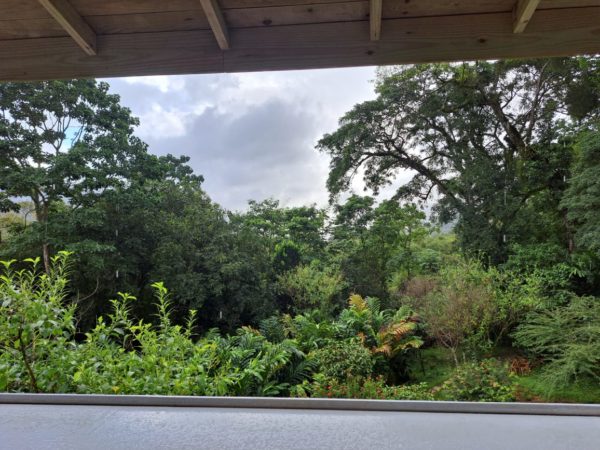
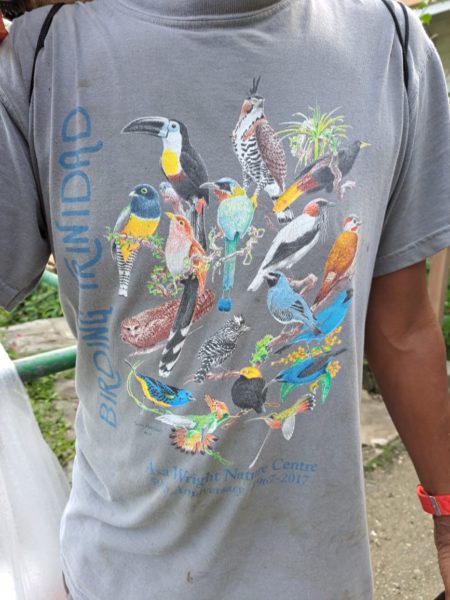
NOTE: All images that are not explicitly cited from an external source were created by the author.